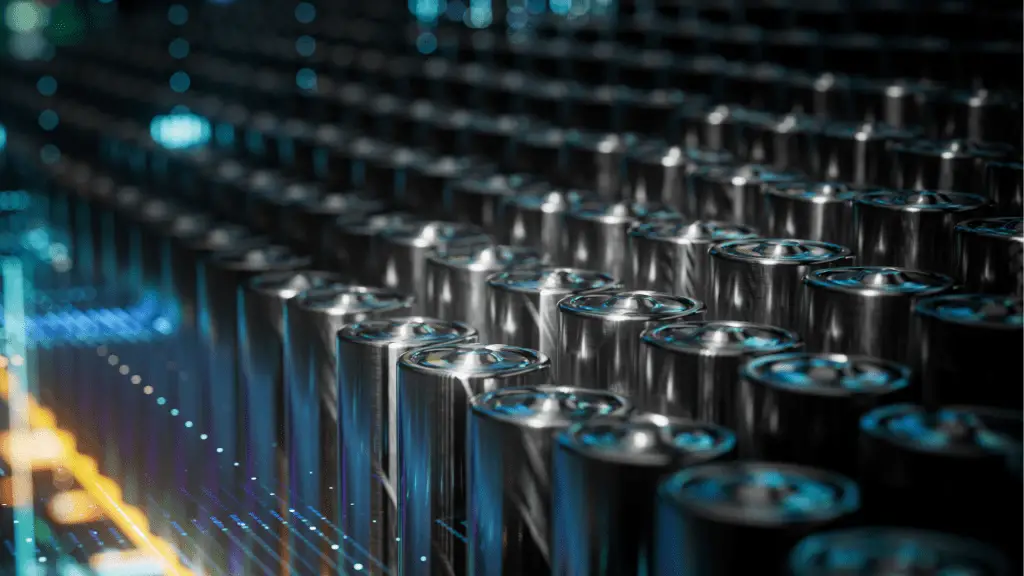The growing global demand for portable electronics and electric vehicles has increased the need for affordable and eco-friendly battery solutions. Potassium-ion batteries have emerged as a strong alternative to traditional lithium-ion systems, thanks to the abundant and widely available potassium resources worldwide.
This latest breakthrough advances potassium-ion batteries toward becoming a practical alternative to lithium-ion systems, thanks to potassium’s abundance and favorable properties, including rapid charging.
Driving down costs for renewable energy storage
Experts anticipate that these batteries could eventually be more affordable and simpler to produce than lithium-ion batteries, potentially enabling wider applications such as storing electricity from renewable energy sources.
According to Alexey Ganin, lead author and Head of the Glasgow ElectroChemistry on Solids (GECOS) group at the University of Glasgow’s School of Chemistry, lithium-ion batteries, now common in devices ranging from smartphones to electric vehicles, offer excellent performance. However, lithium’s relative scarcity makes it a strategically important and limited resource.
“Potassium is a much more abundant material, and potassium-ion batteries have a lot of potential as an alternative method of storing and delivering large amounts electricity. Adopting potassium-ion batteries for stationary storage purposes could help free up lithium resources for use in more energy-intensive mobile applications in the future,” Ganin explained.
Many of the highest-performing potassium-ion battery designs currently use cathodes made from Prussian White. However, achieving optimal performance requires mixing Prussian White with carbon to enhance its conductivity, adding complexity to the design.
New chromium selenide cathode reaches near-max battery capacity
The researchers demonstrated that their naturally conductive chromium selenide cathode achieves high performance with under 10% carbon. Their prototype offers a capacity of 125 mAh/g, nearly reaching its theoretical maximum of 127 mAh/g.
The material’s layered structure enables potassium ions to move smoothly between layers during charging and discharging, allowing the battery to retain 85% of its capacity even at high charging speeds in lab tests. The team’s next step is to find an electrolyte that can further enhance the battery’s performance in future designs.
Ganin noted that while the results are promising, the battery’s performance could improve further with an optimized electrolyte. Unlike lithium-ion batteries, which benefit from readily available, specialized electrolytes, potassium-ion batteries require additional research to develop high-performance electrolyte options.
“Designer lithium-ion battery electrolytes can be bought off the shelf, but further work is required to refine the performance of electrolytes for potassium-ion batteries. We’re keen to partner with robotics experts who can help us test the thousands of potential chemical combinations to find the best possible candidate for use in our battery.” Ganin added.
The scientists also highlighted that this research advances efficient and sustainable energy storage solutions. It shows that studying TMC-based cathodes for potassium-ion batteries could significantly help find alternatives to lithium-ion batteries, promoting more sustainable energy storage technologies.


Leave a Comment